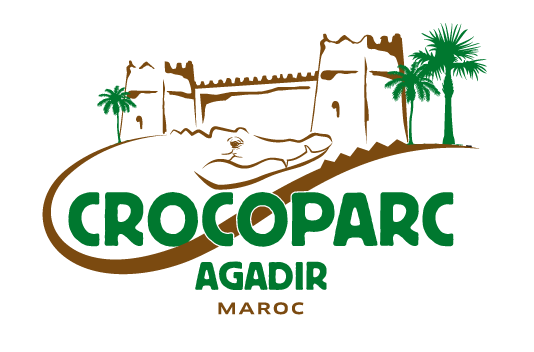A dynamic of preservation
In designing CROCOPARC, the founders were motivated by a desire to preserve as many species of animals sheltered at CROCOPARC as the species of plants, in order that both may harmoniously populate the various gardens of the park.
For the crocodile, it is a kind of “back home”. Indeed, until the early twentieth century, it was still present in Morocco in the gueltas of Oued Draa; but with the stark demographic pressure around water points – along with the fear he inspired in the population, along with its excessive hunting – this unfortunately, led to its demise in the kingdom.
The resident species at CROCOPARC is the Nile crocodile (Crocodylus niloticus),
Since the 1970’s, many farms have emerged and CROCOPARC integrates very neatly into this dynamic of safeguarding the crocodile. CROCOPARC is dedicated to raising public awareness by facilitating a better knowledge of crocodiles, notably through educational materials available to visitors and also thanks to the permanent presence of multilingual guides and a significant number of residents who are making their observations towards a more enriching experience.
In terms of flora, CROCOPARC offers four main thematic areas: the blue garden, the exotic place, the water garden and the tropical area; each of which are populated by the most remarkable plant species one to each other.
Throughout their visit, the public can admire original plantations, such as the aisle of Sanseveria Cylindrica, and savour divine fragrances distilled by jasmines, gardenias and other fragrant plants.
CROCOPARC 2 years of construction



